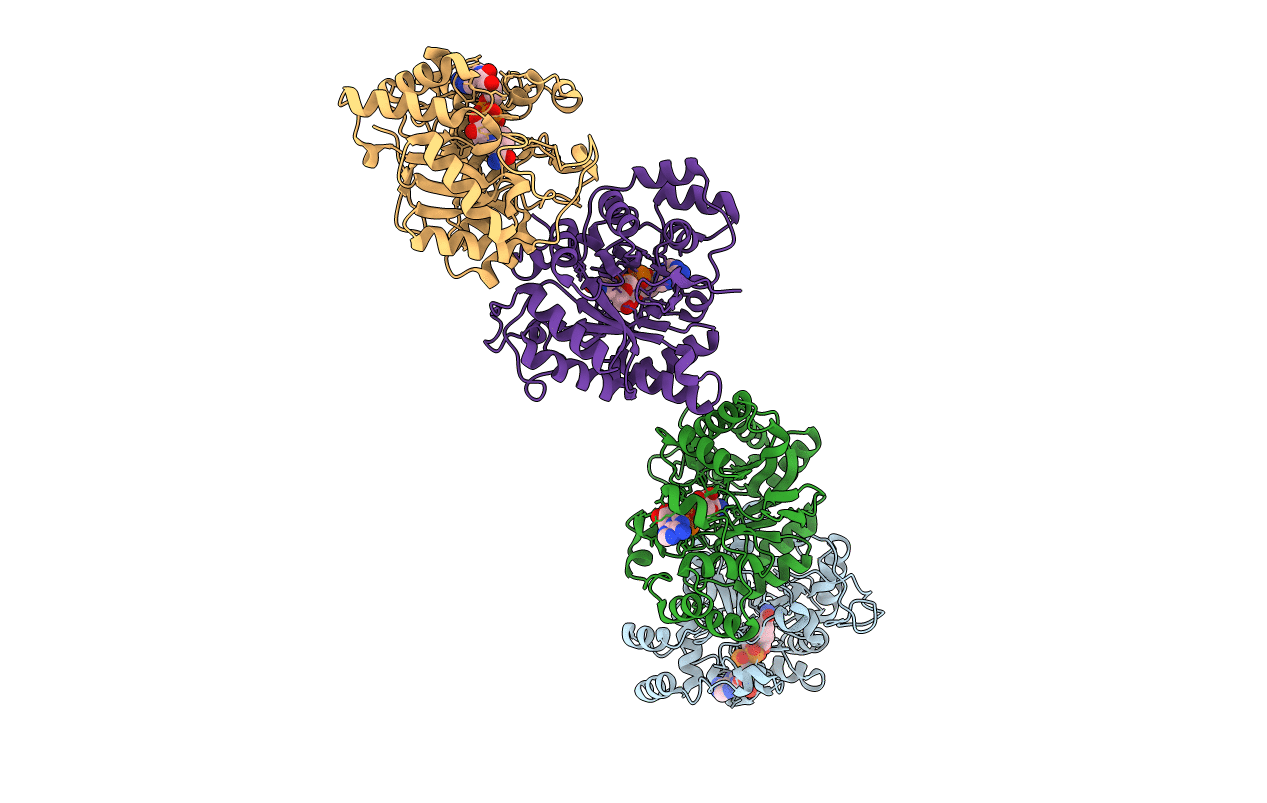
Deposition Date
2004-03-08
Release Date
2004-12-21
Last Version Date
2023-08-23
Entry Detail
PDB ID:
1SM9
Keywords:
Title:
Crystal Structure Of An Engineered K274RN276D Double Mutant of Xylose Reductase From Candida Tenuis Optimized To Utilize NAD
Biological Source:
Source Organism:
Candida tenuis (Taxon ID: 45596)
Host Organism:
Method Details:
Experimental Method:
Resolution:
2.20 Å
R-Value Free:
0.24
R-Value Work:
0.19
R-Value Observed:
0.19
Space Group:
C 1 2 1


